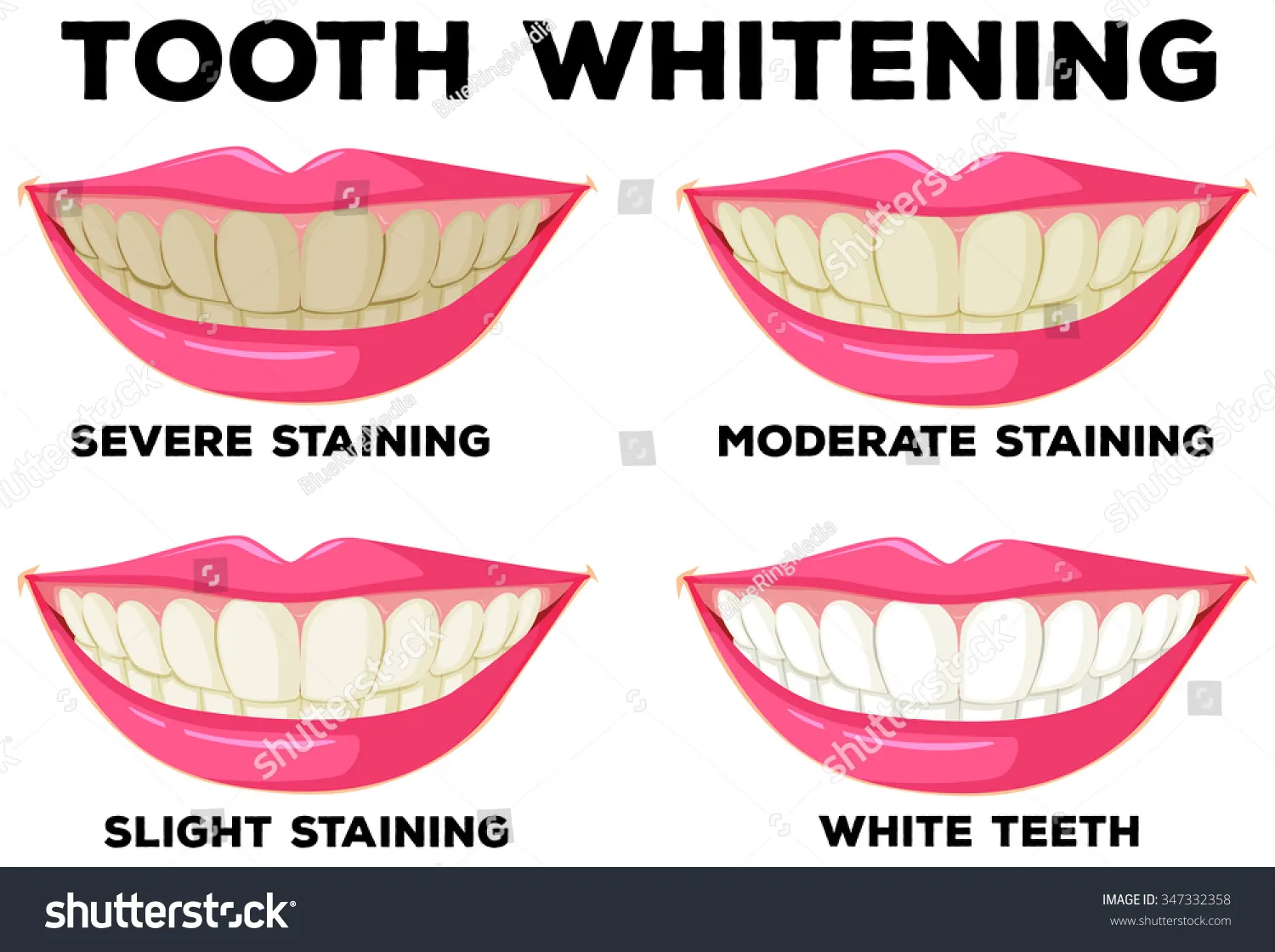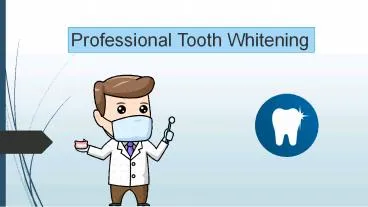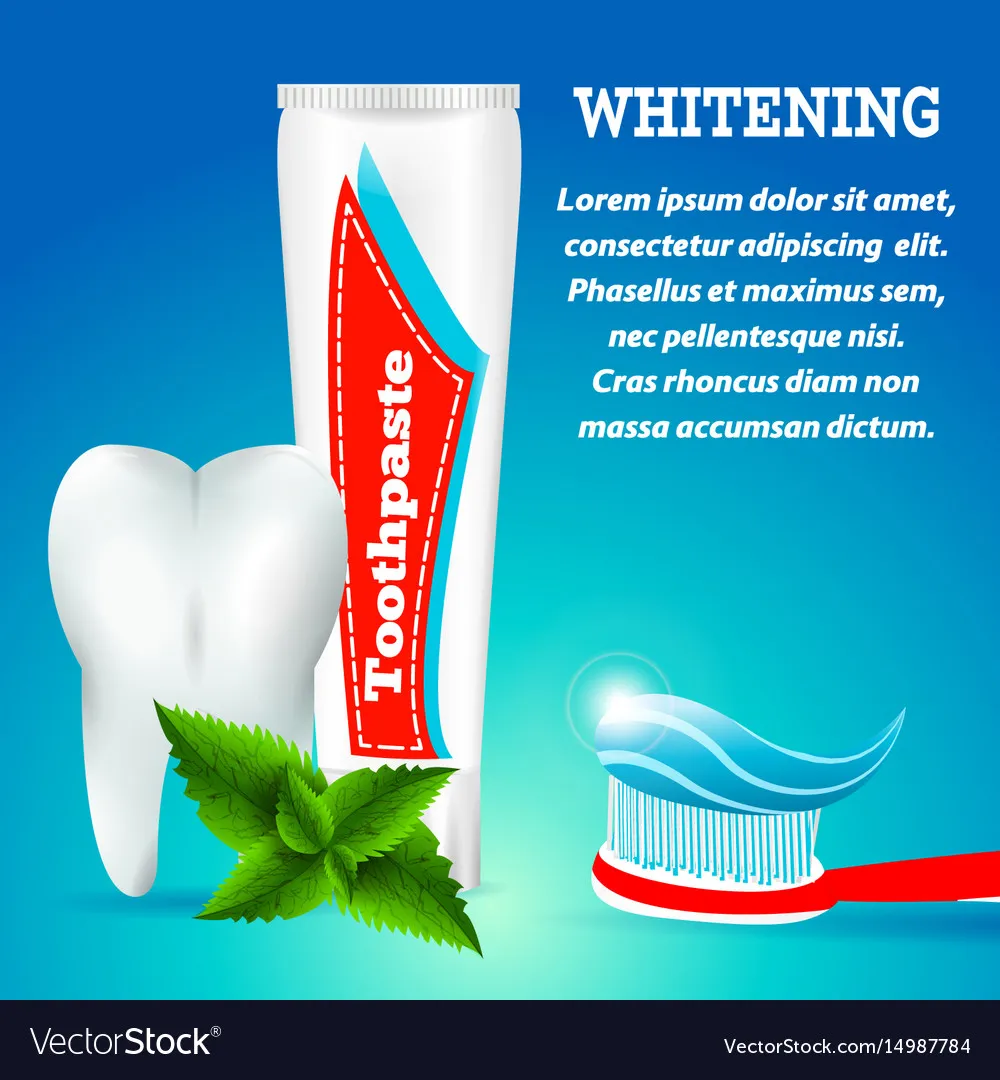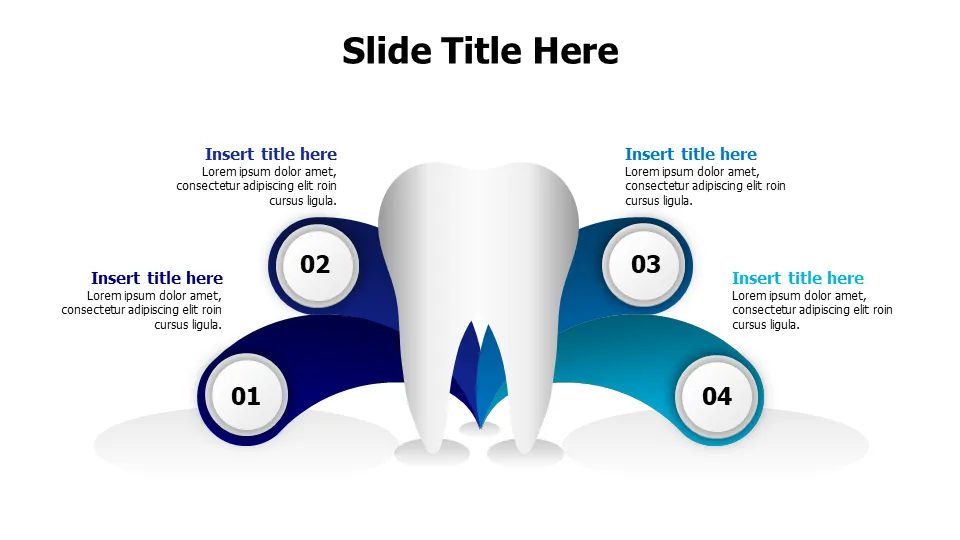The Power of Tooth Whitening
A bright, white smile is a powerful asset, boosting confidence and making a positive impression. Tooth whitening, a popular cosmetic dental procedure, can dramatically enhance your appearance, making you look younger and healthier. This guide unveils the top 7 secrets to achieving a dazzling smile, covering everything from professional treatments to at-home remedies and maintenance strategies. Understanding the underlying principles of tooth whitening is the first step towards making informed decisions and achieving the best possible results. The journey to a brighter smile often begins with understanding what causes teeth to lose their natural brilliance. Whether you’re preparing a presentation or simply want a better smile, the information provided here will offer solutions and guidance.
Understanding Tooth Discoloration
Tooth discoloration occurs when the enamel, the outer layer of your teeth, becomes stained or thinned. This can happen due to a variety of factors, both internal and external. Internal discoloration is often caused by issues within the tooth itself, such as trauma, medications, or aging. External stains, on the other hand, result from substances that come into contact with the teeth, such as foods, drinks, and tobacco. The color of your teeth is a combination of the dentin color, which is naturally yellowish, and the enamel’s translucency. As the enamel thins over time, more of the dentin shows through, making teeth appear less white. The understanding of these fundamental processes is crucial for selecting the appropriate teeth whitening method, ensuring optimal results and long-term maintenance of your radiant smile. Understanding the causes of tooth discoloration helps in preventing it.
Causes of Tooth Discoloration

Many things can cause teeth to become discolored. Common culprits include the aging process, genetics, and certain medical treatments. Some medications, particularly tetracycline antibiotics, can cause significant tooth discoloration, especially if taken during childhood. Excessive fluoride exposure during tooth development can also lead to a condition known as fluorosis, which causes white or brown spots on the enamel. Certain medical conditions, such as liver disease, can also contribute to tooth discoloration. Moreover, the natural aging process causes the enamel to wear away, revealing more of the yellow dentin underneath, which leads to a darker appearance of the teeth. Recognizing these different causes helps determine the most appropriate teeth whitening strategies.
Common Foods and Drinks
The foods and drinks we consume significantly impact the color of our teeth. Certain substances contain pigments that can stain the enamel. Coffee, tea, and red wine are notorious for their staining properties. The tannins in these beverages attach to the enamel, leading to discoloration over time. Similarly, dark-colored sodas, fruit juices, and sports drinks can contribute to staining. Foods like berries, particularly blueberries and blackberries, can also stain teeth due to their intense pigments. Avoiding or limiting the consumption of these items can significantly reduce the risk of tooth discoloration. In addition, the acidity of some foods and drinks can erode the enamel, making teeth more susceptible to stains. Being mindful of your dietary choices is a crucial component of maintaining a bright and healthy smile.
Lifestyle Factors
Lifestyle choices play a significant role in the appearance of your teeth. Smoking and other tobacco products are major contributors to tooth discoloration. The nicotine and tar in tobacco stain the enamel, leading to yellowing and brown stains. Poor oral hygiene habits exacerbate the problem. Inadequate brushing and flossing allow stains to accumulate and worsen over time. Regularly brushing and flossing is essential for removing surface stains and preventing further discoloration. Furthermore, the use of certain medications can affect tooth color. Consulting with a dentist about potential side effects is vital. Making informed decisions about your lifestyle, including quitting smoking and maintaining good oral hygiene, is essential to safeguard the brilliance of your smile. These factors together highlight the need for a holistic approach to teeth whitening.
Top 7 Tooth Whitening Secrets Revealed

Unlocking the secret to a dazzling smile involves a combination of professional treatments, at-home solutions, and lifestyle adjustments. These top seven secrets reveal the most effective methods for achieving and maintaining a bright, white smile. From understanding the power of professional whitening to harnessing the benefits of over-the-counter products, each secret provides practical tips and insights. Incorporating these strategies into your daily routine will lead to noticeable improvements in the brightness of your teeth. Remember that consistent effort and a proactive approach are key to realizing the full potential of teeth whitening. This guide focuses on presenting actionable advice and evidence-based approaches, which means you can be confident in their potential to transform your smile. The journey to a radiant smile starts with knowledge, preparation, and commitment to the process.
Secret 1 The Power of Professional Whitening
Professional tooth whitening, performed by a dentist, offers the most effective and fastest results. These treatments use high concentrations of bleaching agents, typically hydrogen peroxide, to remove both surface and deep stains. The process involves isolating the gums and lips to protect them from the bleaching agent, followed by the application of the whitening gel to the teeth. In-office whitening can lighten teeth several shades in a single session, providing dramatic results in a short period. The dentist may also use a special light or laser to accelerate the whitening process, enhancing the effectiveness of the treatment. It is important to note that professional whitening is usually more expensive than at-home options, but the results and convenience often make it worthwhile. Consulting with your dentist will determine if this approach is appropriate for you.
Professional Whitening Options
Dentists offer various professional whitening options to meet different needs and preferences. One common method is in-office whitening, where the dentist applies a strong bleaching agent and may use a special light to enhance the results. Another option is custom-fitted trays, which are made specifically for your teeth. The dentist provides you with a bleaching gel and instructions for use at home. This method offers a balance between the convenience of at-home treatments and the effectiveness of professional-grade products. Some dentists also offer whitening treatments combined with other cosmetic procedures, such as veneers or bonding, to achieve comprehensive smile makeovers. Your dentist will consider your individual circumstances and recommend the most appropriate approach for your smile goals. Before starting any professional whitening treatment, it is important to have a dental check-up.
Secret 2 Over-the-Counter Whitening Solutions

Over-the-counter (OTC) whitening products offer a convenient and cost-effective way to brighten your smile. These products are widely available at drugstores and supermarkets, making them accessible to a broad audience. OTC options include whitening toothpastes, strips, and gels. While they generally contain lower concentrations of bleaching agents compared to professional treatments, they can still deliver noticeable results with consistent use. It is important to follow the instructions carefully and be realistic about the expected outcomes. OTC products are generally better for removing surface stains and may not address deeper discoloration as effectively as professional methods. Understanding the different types of OTC products and knowing how to use them safely and effectively will help you decide if they are a good fit for you. The use of these solutions may require patience and consistency to achieve desired results.
Whitening Toothpastes
Whitening toothpastes are a popular and readily available option for improving the appearance of your teeth. These toothpastes typically contain mild abrasives, such as silica, that help remove surface stains from the enamel. Some also include low concentrations of peroxide to provide a slight whitening effect. Whitening toothpastes are most effective for removing stains caused by coffee, tea, and other foods. They work by gently polishing the teeth and removing the build-up of stains. It is important to note that they generally do not change the intrinsic color of your teeth. Results can be seen within a few weeks of consistent use. When selecting a whitening toothpaste, look for products that are certified by dental organizations, like the American Dental Association, as these have undergone rigorous testing for safety and effectiveness.
Whitening Strips and Gels
Whitening strips and gels are another popular OTC option that contain a higher concentration of bleaching agents than whitening toothpastes. Whitening strips are thin, flexible strips coated with a peroxide-based whitening solution. You apply them to your teeth for a specific period, usually 30 minutes, once or twice a day. Whitening gels are applied to the teeth using a tray or a brush. They work by penetrating the enamel and oxidizing the stain molecules, leading to a brighter appearance. Results can be noticeable within a few days, with the full effect achieved after several weeks of use. It is important to follow the instructions carefully and avoid overuse, which can cause tooth sensitivity or gum irritation. When used correctly, whitening strips and gels can be a safe and effective method for improving your smile.
Secret 3 Dietary Adjustments for a Brighter Smile

What you eat and drink has a direct impact on the brightness of your teeth. Making smart dietary choices can help prevent stains and maintain your white smile. Limiting the consumption of staining foods and drinks is a key strategy. Foods and beverages high in tannins, such as red wine, coffee, and tea, can stain teeth. Dark-colored sodas, fruit juices, and certain berries (e.g., blueberries and blackberries) also contribute to discoloration. Being mindful of your intake and using a straw when drinking staining beverages can reduce contact with your teeth. Furthermore, incorporating tooth-friendly foods into your diet supports good oral health and helps maintain your white smile. Eating foods rich in calcium, such as dairy products and leafy green vegetables, strengthens the enamel, making teeth less susceptible to stains. Remember that the impact of diet is just one aspect, not the only one to consider, as oral hygiene and other factors also contribute.
Foods to Avoid
Certain foods and drinks are notorious for staining teeth. Knowing which ones to avoid or consume in moderation is an important part of maintaining a bright smile. Red wine contains tannins and chromogens that cause staining. Coffee and tea also stain teeth due to their dark pigments. Dark-colored sodas, fruit juices, and sports drinks are high in sugar and acids, contributing to stains and enamel erosion. Berries like blueberries, blackberries, and raspberries contain strong pigments that can stain the teeth. Soy sauce and balsamic vinegar are also staining culprits. If you consume these foods and drinks, rinse your mouth with water immediately afterward to minimize contact with your teeth. The key is to be aware of the impact of dietary choices.
Foods to Embrace
While certain foods and drinks can stain your teeth, others can help keep them clean and bright. Crunchy fruits and vegetables, such as apples, celery, and carrots, act as natural tooth scrubbers by increasing saliva production and removing surface stains. Dairy products, including milk, cheese, and yogurt, are rich in calcium, which strengthens tooth enamel and protects against staining. Leafy green vegetables, such as spinach and kale, are high in minerals and vitamins that support overall oral health. Water helps to rinse away food particles and dilute staining agents. Eating a balanced diet with a variety of these foods will contribute to a naturally whiter smile. Consider your diet as a part of your oral hygiene routine.
Secret 4 The Importance of Proper Oral Hygiene

Maintaining excellent oral hygiene is essential for preventing tooth discoloration and keeping your smile bright. Regular brushing, flossing, and using mouthwash are fundamental components of a good oral health routine. Brushing removes plaque and surface stains, while flossing removes food particles and plaque from between your teeth. Using mouthwash helps kill bacteria and freshen your breath. Proper oral hygiene not only keeps your teeth looking their best but also protects against gum disease and other oral health problems. Consistent and thorough oral hygiene practices will maximize the benefits of any teeth whitening treatment you undertake. Developing good habits, like brushing your teeth twice a day for two minutes and flossing daily, is key. Consult your dentist for personalized advice on the best oral hygiene practices for you.
Brushing Techniques
Proper brushing techniques are crucial for removing plaque and preventing stains. Use a soft-bristled toothbrush and brush your teeth at a 45-degree angle to your gums. Gently move the toothbrush in small circular motions, covering all surfaces of your teeth, including the outer, inner, and chewing surfaces. Brush for a full two minutes, paying attention to each tooth. Replace your toothbrush every three months or sooner if the bristles become frayed. Consider using an electric toothbrush, as it can be more effective at removing plaque and stains than a manual toothbrush. Avoid brushing too aggressively, as this can damage your gums and enamel. Brushing should be a gentle yet thorough process. Learning the right techniques and sticking to a routine is important for your oral hygiene.
Flossing and Mouthwash
Flossing and using mouthwash are essential complements to brushing. Flossing removes plaque and food particles from between your teeth, where a toothbrush cannot reach. Use about 18 inches of floss, wrapping it around your fingers and gently guiding it between each tooth. Move the floss up and down, reaching below the gum line to remove any debris. Rinse your mouth with mouthwash after brushing and flossing to kill bacteria and freshen your breath. Choose a mouthwash that contains fluoride to help strengthen your enamel. Regular flossing and mouthwash use help to prevent gum disease, remove stains, and keep your mouth healthy. Making flossing and mouthwash a regular part of your oral hygiene will improve your teeth and overall health. Integrating these steps into your daily routine can make a significant difference.
Secret 5 The Role of Whitening Toothpastes

Whitening toothpastes can play a role in maintaining a bright smile, especially when used in conjunction with other teeth whitening methods. These toothpastes contain mild abrasives that help to remove surface stains from your teeth. While not a substitute for professional whitening, they can help keep your teeth clean and bright. Whitening toothpastes can be a good option for those who want to maintain the results of a professional whitening treatment or enhance their daily oral hygiene routine. It’s important to choose a toothpaste that’s certified by dental organizations and use it as directed. Consider the ingredients and the effect on your teeth. When you choose a whitening toothpaste, you are taking a step towards improving your oral health.
Ingredients to Look For
When choosing a whitening toothpaste, look for specific ingredients that enhance effectiveness and safety. Abrasives, such as hydrated silica, help remove surface stains by gently polishing your teeth. Some toothpastes contain low concentrations of peroxide, which provides a mild whitening effect. Fluoride is an important ingredient to look for, as it helps to strengthen your enamel and protect against tooth decay. Avoid toothpastes with harsh abrasives that can damage your enamel. Check for certification by dental organizations, such as the American Dental Association, to ensure the product meets quality standards. Consider your personal preferences and any sensitivity issues when making your choice. Reading the label and understanding the ingredients in your toothpaste will help you make a more informed decision.
Limitations and Considerations
While whitening toothpastes are a helpful addition to your oral care routine, they have limitations. They primarily address surface stains and are less effective on deeper discoloration. Whitening toothpastes cannot lighten teeth to the same extent as professional whitening treatments. Consistent use is required to see noticeable results, and the effects may be subtle. Be aware that overuse of abrasive toothpastes can potentially damage your enamel. It is important to use these toothpastes as directed and consult with your dentist if you have any concerns. Whitening toothpastes are a supplemental tool for maintaining a brighter smile. Manage your expectations and combine them with other whitening methods for optimal results. It’s wise to consider the product’s limitations and how it aligns with your overall teeth whitening strategy.
Secret 6 Home Remedies for Tooth Whitening
Several home remedies claim to whiten teeth, but their efficacy and safety vary. Some popular options include baking soda, activated charcoal, and fruit-based treatments. Baking soda is a mild abrasive that can help remove surface stains, while activated charcoal is believed to absorb stains. Some people use lemon juice or other acidic fruits, but these can erode enamel and cause sensitivity. It is important to approach home remedies with caution and be aware of the potential risks. Always consult with your dentist before trying any new treatment. While some home remedies may offer temporary improvements, they are generally not as effective as professional treatments or OTC products.
The Efficacy of Natural Remedies
The effectiveness of natural remedies for tooth whitening varies widely. Some may provide a temporary improvement, primarily by removing surface stains. Baking soda, used as a paste, can act as a mild abrasive, helping to polish the teeth and remove stains. Activated charcoal is another popular option, marketed for its ability to absorb stains. However, scientific evidence supporting the efficacy of these remedies is often limited. The results are not always consistent or long-lasting. While they might offer some benefits, these natural remedies are unlikely to achieve the dramatic whitening seen with professional treatments. It is important to be realistic about the expected outcomes and avoid relying solely on home remedies. The efficacy depends on the method.
Potential Risks and Precautions
Home remedies for tooth whitening can carry potential risks. Overuse of abrasive substances, such as baking soda or activated charcoal, can wear down the enamel and increase sensitivity. The acidity of lemon juice and other acidic fruits can erode the enamel, making teeth more vulnerable to decay. Some remedies might contain ingredients that can irritate the gums or cause allergic reactions. Always consult with your dentist before trying any home remedy. They can advise you on the safety and suitability of a particular treatment. Following safety precautions and being aware of the potential side effects can help you make informed decisions. Be aware of the limits and the potential downsides of home remedies.
Secret 7 Maintaining Your White Smile
Once you have achieved your desired level of whiteness, maintaining your bright smile is essential. This involves a combination of consistent oral hygiene, regular dental check-ups, and smart lifestyle choices. By following a few simple steps, you can enjoy the benefits of a whiter smile for years to come. This section will guide you through the best maintenance strategies to protect your investment in teeth whitening and keep your smile looking its best. The key is to create a lasting plan for continued oral health. Maintaining your white smile requires a consistent effort.
Regular Dental Check-ups
Regular dental check-ups and cleanings are crucial for maintaining a white and healthy smile. Your dentist can monitor your oral health, detect any problems early, and provide professional cleanings to remove stains and plaque. During your check-up, the dentist can also assess the condition of your teeth and gums, offering preventative treatments and personalized advice. Schedule check-ups every six months, or as recommended by your dentist. This will help keep your teeth healthy and maintain the results of your whitening treatments. Regular check-ups are essential for preventing problems. Consider the importance of check-ups in order to maintain your oral health.
Long-Term Maintenance Strategies
To ensure your white smile lasts, implement long-term maintenance strategies. Limit the consumption of staining foods and drinks. Maintain a consistent oral hygiene routine, brushing and flossing daily. Consider using a whitening toothpaste to help maintain the brightness of your teeth. Avoid smoking and other tobacco products. You may consider touch-up whitening treatments as needed, either at home or with your dentist. By following these strategies, you can extend the life of your whitening results and keep your smile bright and beautiful. This long-term approach ensures your smile stays radiant. It’s a comprehensive strategy for ongoing oral health.
